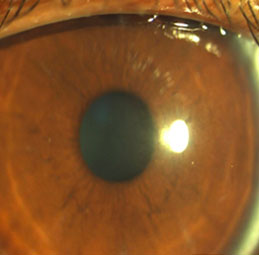- Home
- About Us
- Meet Our Team
- Facilities
- Services
- Expertise
- Anterior Lamellar Transplants
- Artificial Cornea
- Cataract Surgery In Children
- Complex Cataract Surgeries
- Corneal Infections
- Corneal Transplants In Children
- Dry Eye Disorders
- Keratoconus
- Lasik And Refractive Surgery
- Ocular Allergies
- Ocular Inflammation
- Ocular Surface Reconstruction
- Pterygium Management
- Secondary Iol Implants
- Sutureless Corneal Transplants
- Patient Information
- Academics
- Darshan Activites
- Contact Us
LASIK AND REFRACTIVE SURGERY
Refractive errors are conditions in which incoming rays of light do not reach a precise focus on the retina, resulting in imperfect vision. Traditionally, such defects are corrected with the use of spectacles and contact lenses to improve the retinal focus, thereby correcting the visual deficit.
For those who dislike the use of such external aids for clear vision, surgical options are now available. Of these, the one that has stood the test of time for the past two decades is LASIK (laser assisted in situ keratomileusis). This is a surgical approach that uses the excimer laser to precisely contour corneal shape to correct the refractive error.
Screening of the patient before surgery is extremely important to ensure a good outcome. This includes evaluation of the condition of the lids, tear film, corneal shape and thickness, pupil size, ocular aberrations, retinal health, stability of the refractive error, and patient expectations. Ideally, the use of a contact lens should be discontinued for 1 week prior to this evaluation.
The surgical procedure takes 10 to 15 minutes for both eyes and proper care of the eyes in the week following surgery is extremely important to prevent complications. Such complications, although very rare, include dryness of the eyes, infections, folds in the LASIK flap, corneal inflammation, growth of epithelium under the flap, and progressive thinning of the cornea.
Facilities to appropriately treat such complications, should they occur, are very important. The options include further excimer surgery, lifting the flap and cleaning the interface, and in some instances, the use of specific instrumentation – the Scheimpflug system, to accurately map the post-LASIK corneal surface, to aid proper treatment. Most LASIK complications can be adequately managed, to help the patient see better.
The use of the femtosecond laser for LASIK flap creation can increase the safety of the procedure in some eyes, and the use of Advanced Surface Ablation techniques allows the treatment of refractive errors in patients with thin corneas. The use of the Intraocular Collamer Lens (ICL) and Clear Lens Extraction (CLE) – with a multifocal lens, offers hope to those who cannot undergo Corneal Refractive Surgery for the management of their refractive errors.
After uneventful LASIK
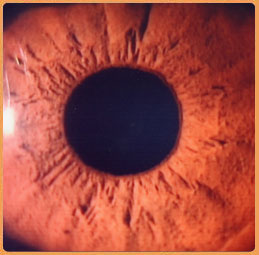
Epithelial downgrowth
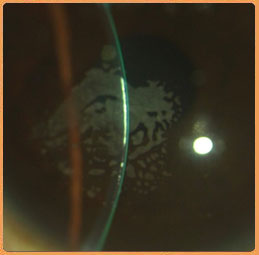
After removal
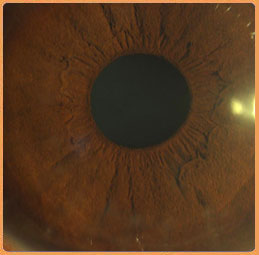
Flap wrinkles
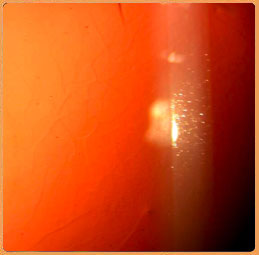
Flap displacement
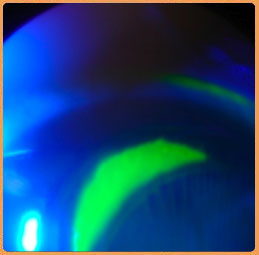
After surgery
